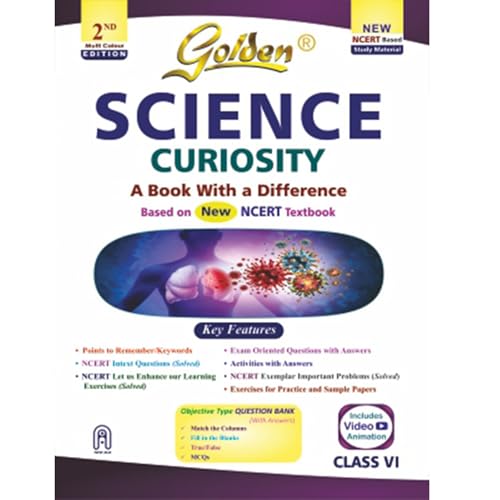Class 6 Science chapter 7 Temperature and its Measurement, introduces the concept of temperature and its reliable measurement.
Have you ever picked up a chilled bottle of cold drink and then held a cup of hot tea? You can clearly feel the difference in temperature! Every day, we come across things that feel hot or cold. But our hands do not tell us exactly how hot or cold something is, we need some instrument to measure it.
In this chapter, we will explore how to measure temperature accurately using special instruments called thermometers. You will learn why touch is not reliable, how a thermometer works, and how to use it safely. Whether it’s checking for a fever or doing science experiments, temperature plays an important role in our lives.
By the end of this chapter, you will be able to:
- Understand the concept of hotness and coldness.
- Define temperature as a measure of hotness or coldness.
- Identify and describe different types of thermometers:
- Clinical thermometer (used for body temperature)
- Laboratory thermometer (used in science experiments)
- Room thermometer (used to measure air temperature)
- Know the normal human body temperature in Celsius and Fahrenheit.
- Compare the Celsius, Fahrenheit, and Kelvin scales.
- Understand how to safely use a thermometer.
Class 6 Science chapter 7 Worksheet
Download our Temperature and its measurement class 6 worksheet today and unlock a door to success.
Also download:
Class 6 Hindi Worksheet with Answers
Science Worksheets for Class 6
Ganita Prakash Class 6 Solutions
Temperature and its measurement Notes
Hot or Cold?
- We feel whether something is hot or cold by touch.
- However, our sense of touch can be misleading.
- Sense of touch is not a reliable method to measure temperature.
Temperature
- Temperature is a measure of how hot or cold a body is.
- A thermometer is a device used to measure temperature.
- Two common thermometers:
- Clinical Thermometer – used for measuring human body temperature.
- Laboratory Thermometer – used in experiments and labs.
Measuring Temperature
Clinical Thermometer
- Used to measure body temperature.
- Earlier used mercury; now digital thermometers are more common.
- Normal body temperature: 37.0°C or 98.6°F.
- Temperature can vary slightly from person to person.
Precautions:
- Wash before and after use.
- Do not dip the display in water.
- Read instructions before use.
Laboratory Thermometer
- Measures a wide range of temperatures (–10°C to 110°C).
- Contains alcohol or mercury that expands with heat.
- Used in labs and experiments.
How to Read a Laboratory Thermometer:
- Hold it vertically.
- Ensure the bulb does not touch the container.
- Read at eye level while it is immersed in the liquid
Precautions:
- Handle with care, do not shake or hit.
- Do not hold from the bulb.
- Read the thermometer while it is still in the liquid.
Air Temperature
- Measured using room thermometers.
- Weather reports mention maximum and minimum temperatures daily.
- Air temperature affects our environment and is an important weather parameter.
Temperature and its measurement questions and answers
Q1. What is the function of a thermometer?
Ans. A thermometer is an instrument which is used to measure the temperature of a substance.
Q2. What is a digital thermometer?
Ans. A digital thermometer is an electronic device that measures temperature using sensors.
Q3. How do non-contact thermometers work, and what are their benefits?
Ans. Non-contact thermometers work by measuring infrared radiation emitted by objects. They have the benefit of not requiring physical contact, making them safer and more convenient.
Q4. What is the Celsius scale?
Ans. The Celsius scale is a temperature scale where the freezing point of water is 0°C and the boiling point is 100°C.
Q5. What are the two different types of thermometers?
Ans. The two different types of thermometers are clinical thermometers and laboratory thermometers.
Class 6 Science Chapter 7 Fill in the Blanks
- The temperature difference between the two bodies tells us how ___________ one body is in comparison to another.
- ___________ is also measured in Celcius (°C) or Fahrenheit (°F) scales.
- The digital clinical thermometers and run on ___________.
- ___________ was used during the COVID-19 pandemic for non-contact measurement.
- A laboratory thermometer typically has a range from ___________ to ___________.






